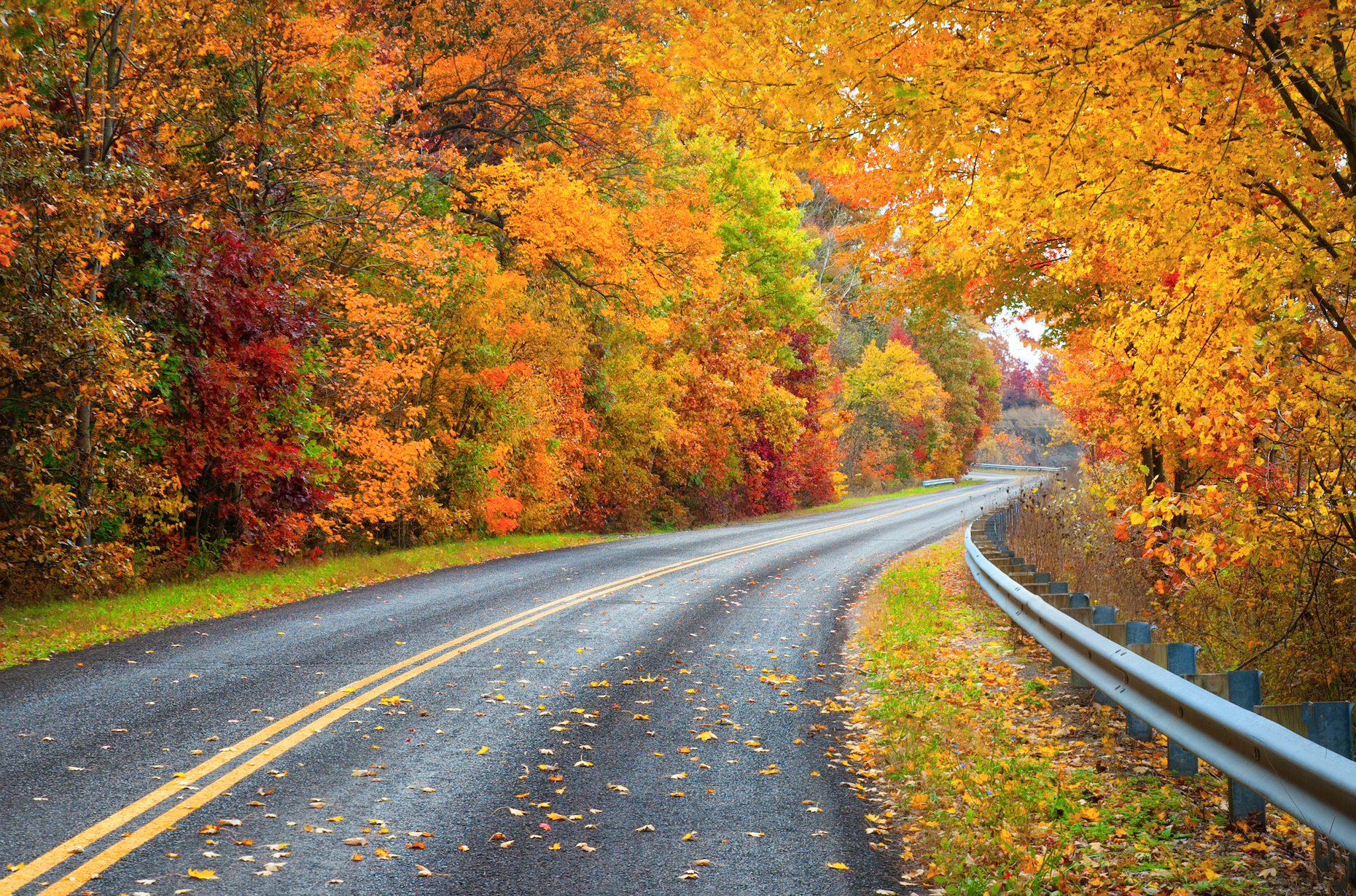
It is important to do this so that there is not a gradual drift of date through the seasons.įor the same reason the precise time of the equinoxes are not the same each year. Every 4 years, we have a leap year where another day is added to our calendar to make up for the 4 missing quarters. Autumn Equinox plays string music inspired by Celtic and Eastern European traditions, with influences spanning time and space. The Earth takes approximately 365.25 days to go around the Sun, yet our year is 365 days. The reason is due to the time the Earth takes to go around the Sun and our calendar. Why do the equinoxes not always occur on the same day each year? The posh name for Spring Equinox is Vernal Equinox.Įquinoxes do not always occur on the same day each year, and generally will occur about 6 hours later each year, with a jump of a day (backwards) on leap years. The North Pole begins to lean toward the sun again. Moving from the southern to the northern hemisphere. Astronomers define the equinox as the moment the Earth’s Equator on its axis passes the same plane of the Sun. The term equinox, like solstice, finds its origin in Latin with the roots aequus meaning Equal and nox meaning Night.

The Spring Equinox is the first day of spring season and occurs when the sun passes the equator Equinoxes happen directly between the solstices and mark the beginning of the Spring and Fall seasons. The posh name for the Autumn Equinox is Autumnal Equinox The first day of the fall season is noted as the autumnal equinox signals the beginning of astronomical fall. Solar declination describes the latitude of the Earth where the sun is directly overhead at noon. The Science of the Equinoxes During the equinoxes, solar declination is 0. Night have approximately the same length. By Bob D'Angelo, Cox Media Group National Content Desk Jat 5:03 pm CDT. The September equinox is the autumnal equinox in the Northern Hemisphere and the vernal in the Southern. The North Pole begins to tilt away from the sun. The Autumn Equinox is the first day of the autumn season and occurs when the sun passes the equator moving from the northern to the southern hemisphere. How many times a year does a Equinox occur?

The name is derived from the Latin aequus (equal) and nox (night), because at the equinox the night and day are nearly equally long. The autumnal equinox happens the moment the sun crosses the celestial equator, which is an imaginary line in the sky that corresponds to Earths equator. This means that day length is exactly the same (12 hours) at all points on the earth's surface on these days (except right at each pole, where it will be about to change from permanent light to dark, or vice versa). This happens on just two days of the year, the spring and autumn equinoxes. the line form the N to S poles) is exactly parallel to the direction of motion of the earth around the sun. The dates of zero tilt of the Earth's equator correspond to the Spring Equinox and Autumn Equinox.Įquinoxes occur when the axis of rotation of the earth (i.e. As the Earth travels around the Sun in its orbit, the north to south position of the Sun changes over the course of the year due to the changing orientation of the Earth's tilted rotation axes.


 0 kommentar(er)
0 kommentar(er)
